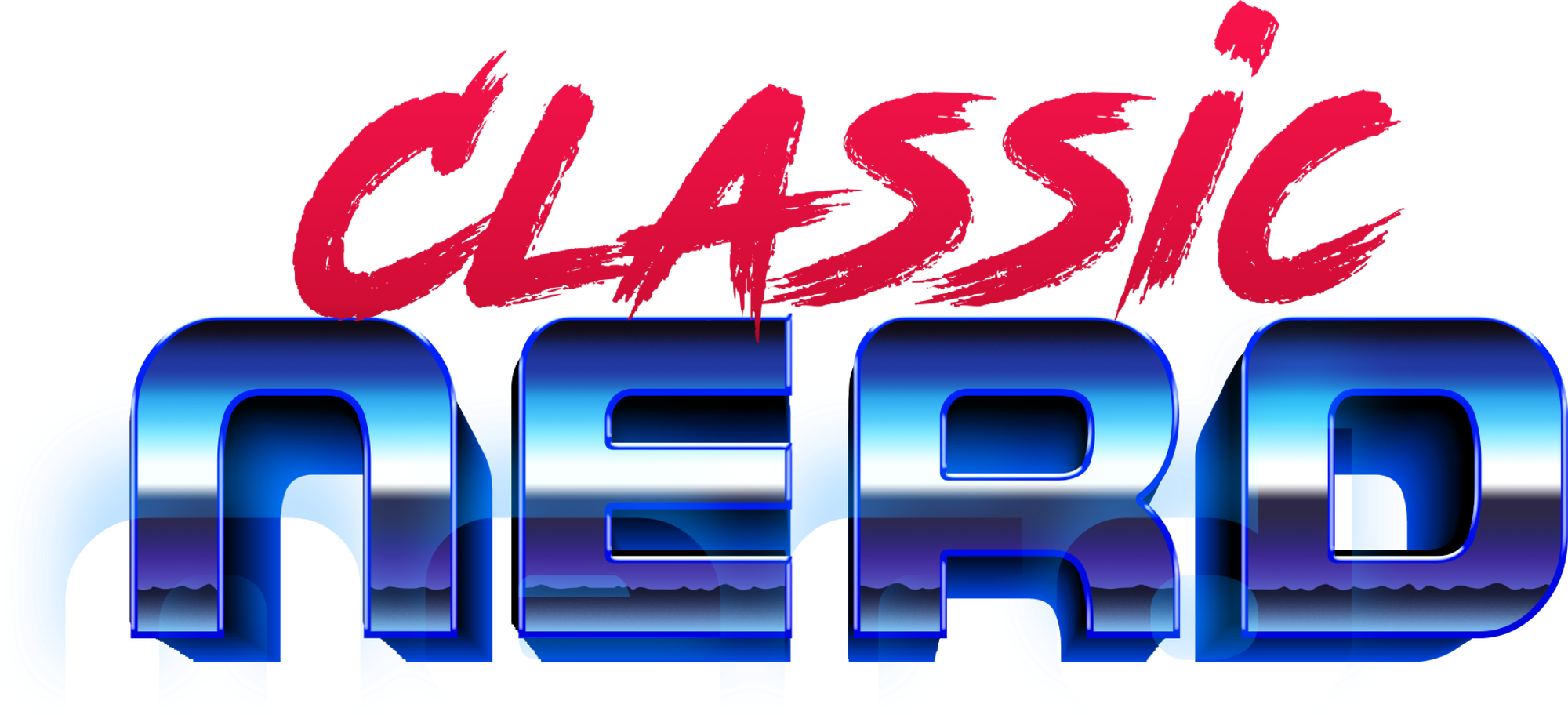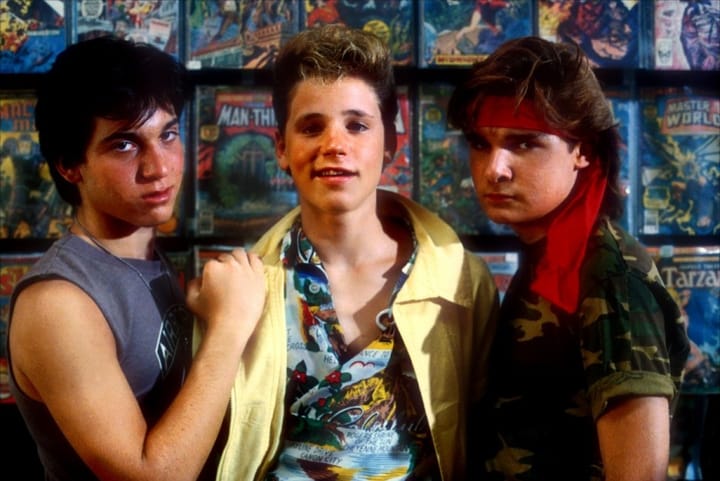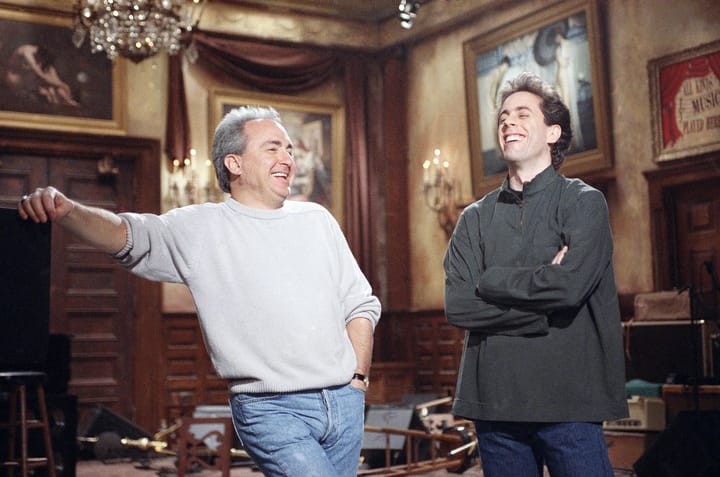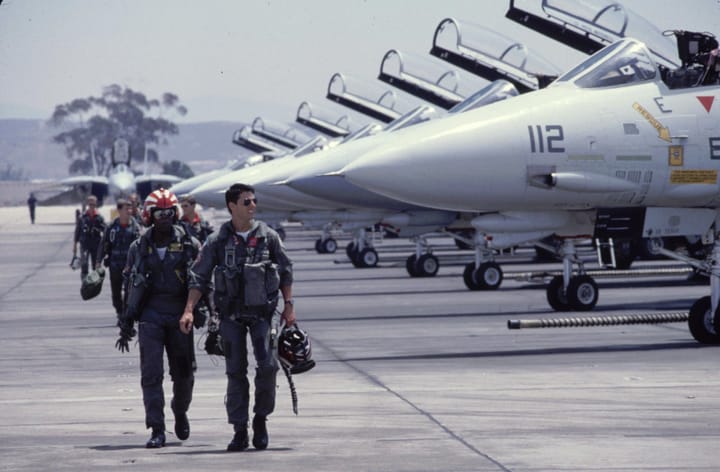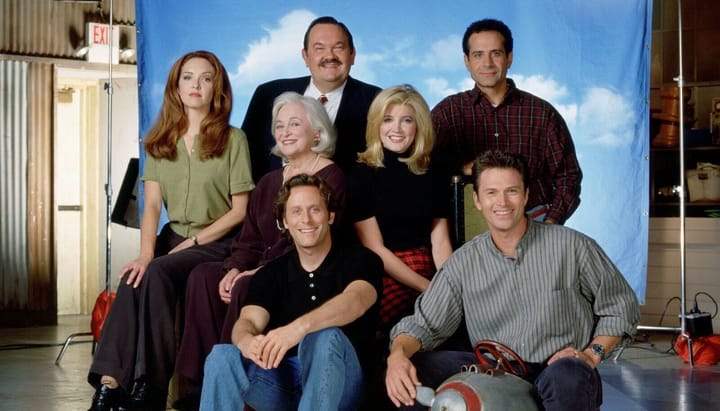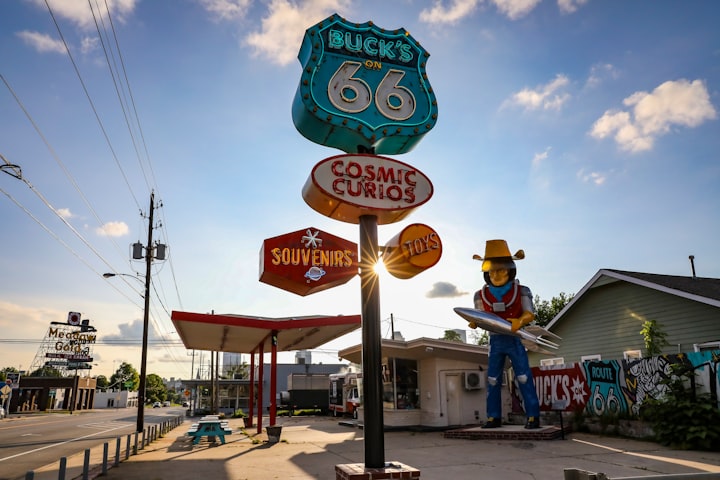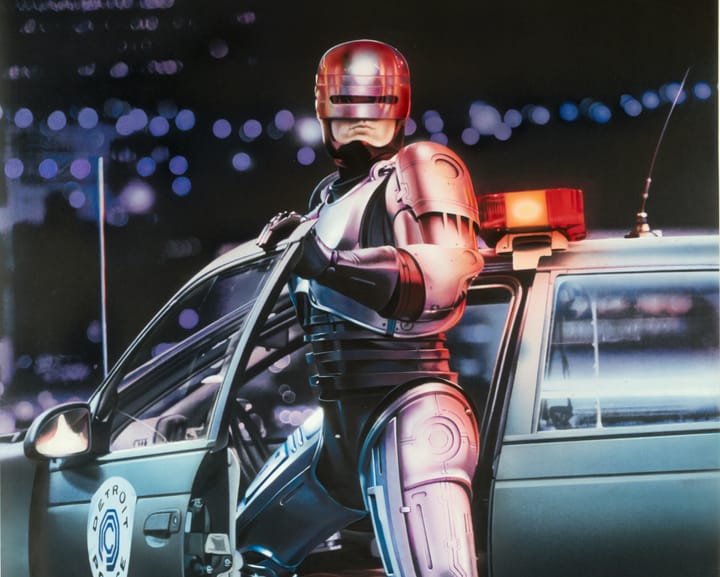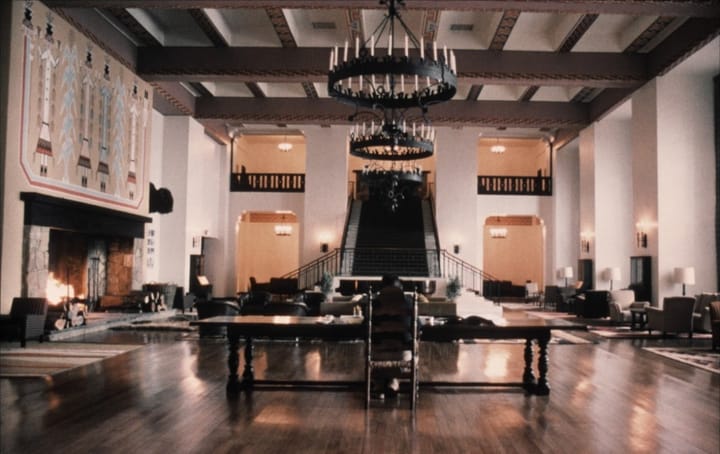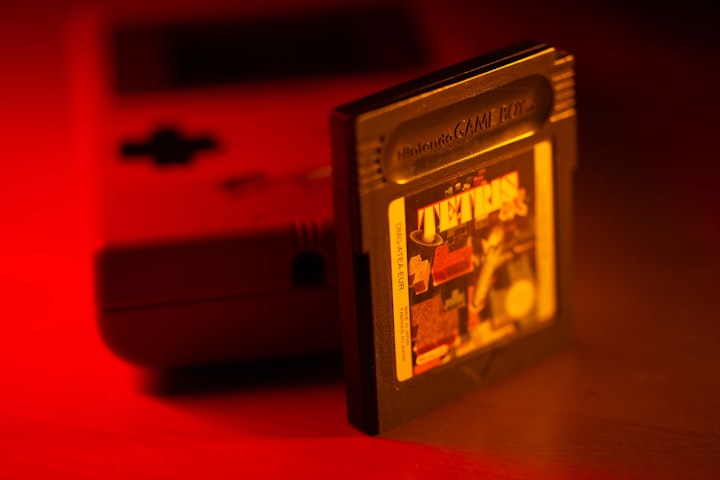Every theatrical Star Wars film — ranked
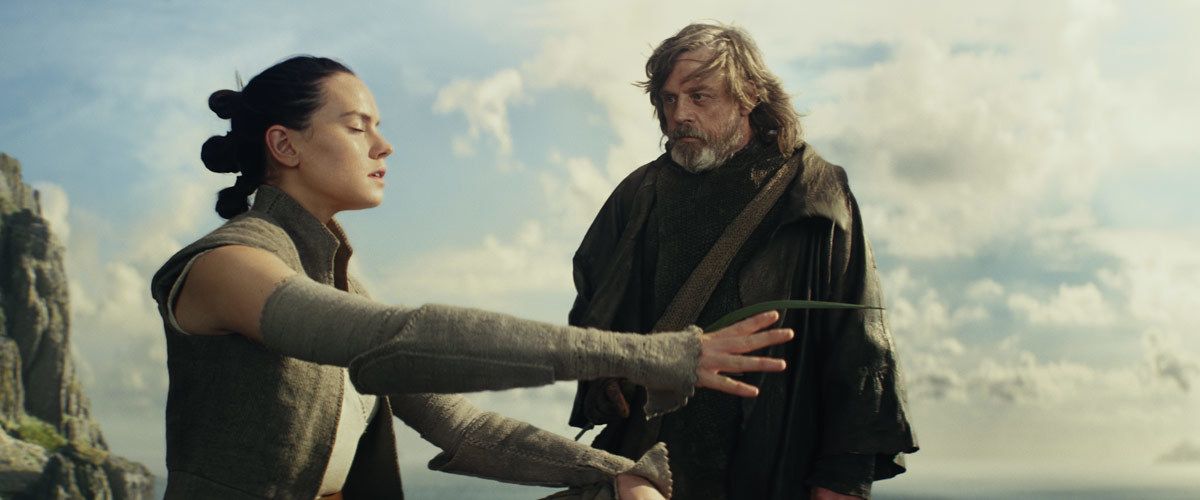
Across four decades, three trilogies, 12 theatrical films, seven animated series, countless theme park rides, a holiday special, all kinds of continuation novels, and enough merchandising deals to fill the belly of a Sarlacc, Star Wars has pervaded pop culture like no film franchise before or since.
Like Luke Skywalker looking to the stars and wondering what it would be like to sit in the cockpit of an X-wing, it all began as the dream of one man who thought it would be neat to mash up Akira Kurosawa with Flash Gordon. And he was right: it was neat.

Over the years, the fandom of Star Wars has taken on a life of its own, spurring impassioned debates on every last detail from whether Han shot first to whether Jar Jar Binks might actually have been a powerful and cunning Sith Lord all along. Fans exploring and exploding the mythology beyond what’s on-screen has been one of the greatest contributions to the franchise’s longevity, and the films of Star Wars have provided no shortage of content to parse.
With 12 theatrical films (and counting), the saga has experienced its share of triumphant trench runs and spectacular podracer crashes. Some will die on the hill of the prequels while others consider Rian Johnson’s The Last Jedi a misunderstood masterpiece on par with The Empire Strikes Back.
The only thing true about ranking Star Wars movies is that there are no absolutes. (Unless the list has been made by a Wookiee ... in which case, for my own safety, I’m prepared to completely agree with said Wookiee’s preferences.)
Without further Artoo, you had better hang on to your astromech droids because we’re about to lightspeed it into the ultimate ranking of every theatrical Star Wars film.
*R2 scream*

12. The Last Jedi (2017)

The most fascinating thing about The Last Jedi might in fact be the series of interviews leading up to the film’s release where Mark Hamill hems and haws his way around promoting the movie and eventually grows brazen enough to the point he’s plainly admitting he told writer-director Rian Johnson, “I fundamentally disagree with virtually everything you’ve decided about my character.” He was not wrong about the film’s representation of Luke.
The Last Jedi was the second film of the Disney trilogy (or to use the Friends naming system: “The One Where They Made It All Up As They Went Along”). The Force Awakens ended on a tremendous cliffhanger with force-sensitive Rey seeking out Luke to hand him his old lightsaber and begin her Jedi training. A sequel should have seen Luke emerge from obscurity to uphold the Jedi code and stand for all the things that had once mattered to him. Instead, he throws his lightsaber over his shoulder and announces, “The Jedi must end,” and in that perfectly baffling gesture the film’s overarching response to the history of Star Wars can be neatly summarized.
Just about every creative decision here spurns both classic Star Wars lore and the promising storylines and character arcs that had been set up by The Force Awakens. Reformed stormtrooper Finn gets funneled into a tangential subplot involving a bunch of hyena-horses. General Hux is promptly (and quite literally) reduced to a joke. Captain Phasma is bumped off without ceremony. Snoke, who might otherwise have served as the primary antagonist of the next film, is indiscriminately bisected for little apparent reason. By the time Leia gets blown up in a ship and simply Mary Poppins-es her way through space to safety, you begin to wonder if the film is just having a lark.
To be fair, there is real artistry to be found in the way The Last Jedi is shot, especially when it comes to the blood-red throne room where Rey and Kylo battle Snoke’s entourage and the devastating splendor of what’s become known as the Holdo maneuver. But the fundamental problems of character and story that plague this second entry of Disney’s first trilogy still distinguish The Last Jedi as the single most misguided Star Wars film of all time.
11. The Rise of Skywalker (2019)
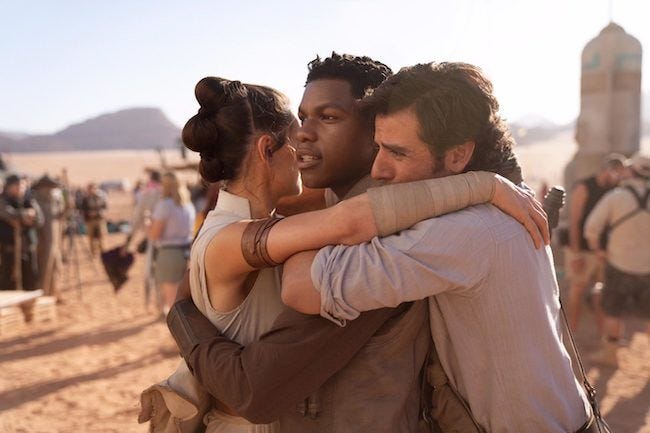
The Rise of Skywalker basically ignores everything The Last Jedi did and instead throws all the nostalgia it can onto the screen in an effort to repeat the success of The Force Awakens. If there’s anything this most recent era of remakes and reboots has taught Hollywood, it’s that if you can’t go for greatness, go for the feels.
While it would have been nice for this newest trilogy to have added up to something in the end, Skywalker can still mostly be random fun so long as you’ve already given up on the latest trilogy by this point. It actually works better if you don’t try to follow the plot and just pretend you’re being jostled around on Star Tours for two and a half hours.
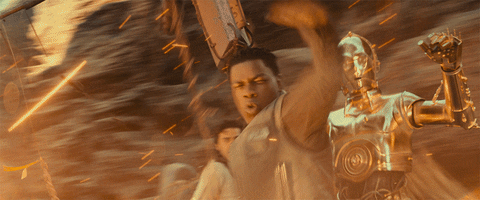
Domhnall Gleeson’s randomly no longer a bad guy? Sure, why not. Flying stormtroopers? Hey, better than watching Luke milk space-cows. The good guys riding their horses into battle on the outside of a star destroyer? Um...what now?
For those paying attention to the plot, however, you’ll have to deal with the astounding temerity of Abrams resurrecting Emperor Palpatine out of the blue so he can have the good guys fight a nostalgia-powered baddie who conveniently needs no build-up and no introduction in a move that kind of makes you wonder what the first two films of the trilogy were needed for at all.
If “Somehow Palpatine returned” has not yet become shorthand for any occasion when a filmmaker has a clearly dead and defeated character simply walk back into the story with zero explanation and suddenly become the most important part of a trilogy that absolutely was not at any point in time building up to his return, then it needs to.
Suffice it to say, films cannot stand on nostalgia alone.
But as long as you are just blasting nostalgia at the screen from T-shirt cannons, returning to the ruins of the Death Star was actually a pretty cool idea, as was resurrecting Luke’s original X-wing from the first two films. There is enjoyment to be found here. It’s just difficult to look back on the promise put forth by The Force Awakens and realize this is where it all ends.
10. The Clone Wars (2008)

The sole animated Star Wars film to receive a theatrical release is not a bad film per se ... but it sure isn’t everything you ever hoped for from an animated Star Wars film either. Things get off to an unsteady start with some hokey voiceover narration rather than the customary crawl, followed by a lot of battle in search of a story. Somewhere in there, Anakin Skywalker is assigned a young Padawan to train—yes, in the midst of a battle—and half an hour later, the battle’s a thing of the past and Anakin and his young Padawan learner, Ahsoka, are off on a quest to save Jabba the Hutt’s son, who has been kidnapped in a ploy to frame the Jedi, courtesy of Count Dooku.
If that all sounds like some cumbersome plotting, well, it is.
It’s also a little difficult to place The Clone Wars within the overall arc of the prequels. Seeing Anakin as a hotshot Jedi whose heart is gradually softened by the feisty youngling he’s assigned feels kind of at odds with the character’s trajectory between Attack of the Clones and Revenge of the Sith, which is where this film falls in the timeline. Anakin is almost too personable of a character here (though I guess you have to keep in mind he’s being portrayed by a computer’s simulation of a human being rather than Hayden Christensen, *ba dum tsss*).
Which for fans of the show might not feel so alien, but for those of us sitting in the seats of a movie theater with a giant tub of popcorn? Awkward.
There are some cool action sequences, including a gun battle up the side of a cliff, and the story does draw you in as it moves along. It’s also interesting to see the Hutts play a more significant role in a Star Wars film, even if there is way too much fretting over the sick baby Hutt in the latter half. Ultimately, while it may not be anywhere near as bad as the two ranked below it, Clone Wars is still pretty inessential.
9. The Phantom Menace (1999)
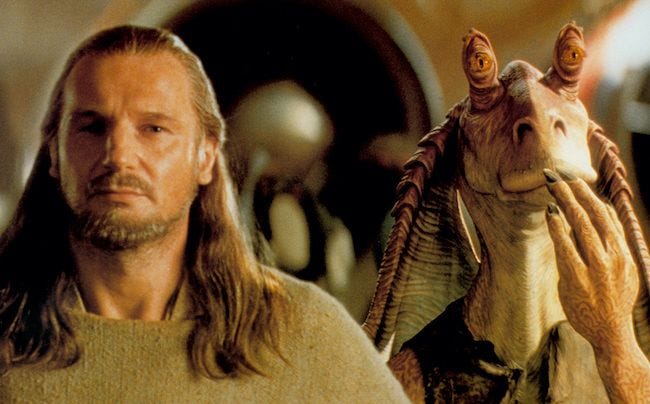
You gotta feel just a little bad for George Lucas who thought he was creating a silly, comic relief character that could become just as beloved as C3PO or R2-D2 when the reality was he had Frankensteined to life the single most hated character in cinema history. Two decades later, it’s still difficult to see why anyone would have thought the sheer volume of doo doo-stepping, mouth-zapping, explosives-fumbling screen time Jar Jar Binks was given would ever have been a good thing for the most anticipated Star Wars film of all time.
There’s a reason Jar Jar has all of about two lines in the second prequel and no lines in the third (though Lucas would somehow retroactively manage to get a line of his into Return of the Jedi).
That said, you need only mention the word “midi-chlorians” to realize Jar Jar might not actually be the most confounding part of The Phantom Menace.
Yes, missteps were made—and the obvious faults of The Phantom Menace are all the more frustrating for the very reason that there’s some legitimately good material here. Despite being saddled with an abundance of juvenile humor, the podrace around Ben’s Mesa remains to this day a thrilling bit of action choreography. Add to that the tour de force score by John Williams, the palace shootout on Naboo, and the duel with Darth Maul, and it becomes a little easier to roll with the scenes where Jar Jar literally trips over himself.
The Phantom Menace might also be the most lighthearted film of the saga. It zips along like an overjoyed kid in the cockpit of a Naboo fighter, even while things are blowing up left and right. Which is definitely a good thing. Although Jake Lloyd—commendable as his performance is—is so full of “gee-whiz” it’s difficult to see him one day force-choking the midi-chlorians out of a cheeky subordinate. Perhaps if Vader had delivered a well-timed “Yippee!” at some point the characters would have felt a little more connected. Maybe when hunting down Rebel scum in his TIE fighter at the end of A New Hope.
Missed opportunity during those ’97 special editions, George. But hey, there’s always time to go back to them.…
8. Solo (2018)
While undoubtedly one of the coolest characters to grace science fiction, Han Solo was really never much more than a glorified supporting character. That’s where half his cool came from: he’s a scruffy-looking nerf herder who emerged outta nowhere, got reluctantly swept up in the adventure of a lifetime, and managed to save the day and win the hand of a princess while he was at it. There was never a need for the films to go much deeper with Han than that.
Even so, Disney couldn’t resist the chance to prequelize one of Star Wars’ most popular characters, and Solo turned out to be a perfectly enjoyable time at the cinema. It hits all the right beats without ever fully justifying its existence as one of only two Star Wars films outside the Skywalker Saga.
Despite a pretty clunky explanation for where the name “Solo” came from, this is a film that thrives on its callbacks—and parts are a real blast, like when some tentacled elder god straight out of Lovecraft tries to devour the Millennium Falcon as Han makes the Kessel Run. Add to that Donald Glover gliding into Lando’s cape as smoothly as if he had originated the role and the fact Phoebe Waller-Bridge’s droid-liberating L3-37 is actually pretty hysterical, and there’s plenty to recommend.
The film’s greatest shortcoming might just be its failure to show Han as anything but the “good guy,” despite his protests to the contrary. For a scoundrel, Han is as squeaky clean as they come. He may as well be rubbing shoulders with Richie Cunningham. Which makes Han’s growth and change throughout Episodes IV-VI feel slightly less rewarding, knowing he was already fighting for causes greater than himself in his younger days.
In the end, Solo just leaves you a little confused as to how Han became the scoundrel we all know and love in A New Hope. Because he clearly didn’t start out as one!
7. Attack of the Clones (2002)
Attack of the Clones has taken plenty of flak over the years, mostly for Lucas folding all of his attempts at writing the ultimate Lifetime romance movie into one scene and giving the very worst of that dialogue to Hayden Christensen:
I'm haunted by the kiss that you should never have given me. My heart is beating, hoping that kiss will not become a scar. You are in my very soul, tormenting me.
Let’s be real, not even Ryan Gosling could have “hey girl”-ed that into working.
Nevertheless, Attack of the Clones just might be the most underrated Star Wars film of them all.
From the opening attempt on the queen’s life via deadly space centipedes to Obi-Wan’s investigation into the clone army on the mysteriously hidden planet Kamino, you can see Lucas working to shed the juvenile antics of The Phantom Menace and strive toward the more adult and more accomplished storytelling found in Revenge of the Sith. This shift is perhaps nowhere better seen than when Anakin goes straight Vader on the Tuscan raiders who captured his mother—though Christopher Lee’s Star Wars debut as Count Dooku deserves some credit in helping ground the film too.
That said, Attack of the Clones never forgets that the goal of these films is to entertain. The climax on Geonosis which finds Obi-Wan, Anakin, and Padmé engaged in gladiatorial combat with three beasts worthy of taking on a rancor is pure, pulpy fun. And I don’t care what anyone else says, seeing C3PO with his head swapped onto the body of a battle droid crying, “Die, Jedi! Die!” while firing a laser blaster at the good guys just might be the single greatest moment in Star Wars history.
It may not reach the same heights as can be found elsewhere in the saga, but Attack of the Clones was definitely Lucas moving in the right direction.
6. The Force Awakens (2015)
There probably weren’t many who walked out of The Force Awakens without the sneaking suspicion they had seen this all somewhere before.
There’s no doubt about it, Episode VII leans as heavily on nostalgia as Jabba leaned on Han. But after an absence of 10 years and with the mixed responses the prequels received, that was kind of exactly what the franchise needed at that point: a big, celebratory, nostalgia-packed hurrah with gorgeous shots of X-wings skimming the water to a glorious new heroes’ theme by Williams—and all the old gang back again.
While The Force Awakens relies greatly on familiar sets, nostalgic jokes, and the simple sight of Han and Chewie back in action, the new cast are all equally compelling: Daisy Ridley’s scavenger Rey, John Boyega’s turncoat stormtrooper Finn, Oscar Isaac’s Resistance pilot Poe, and last but not least, Adam Driver’s emotionally divided dark-lord-in-the-making Kylo Ren. Whether dealing with the old cast or new, there’s electricity on the screen from one scene to the next (the good kind, not the stuff Palpatine does with his fingers).
And talk about that cliffhanger of an ending! They sure moved a lot of interesting pieces onto the holo-chessboard. In the end, the most frustrating thing about The Force Awakens is knowing just how hard the ball got dropped with the next two films. But that doesn’t change what a very promising (if familiar) start they got off to in this one.
5. Rogue One (2016)
On paper, Rogue One should not have worked as well as it does. Along with Solo, this was a corner of Star Wars history no one was especially clamoring to see. Of all things to turn into a film, the story of how a group of Rebels captured the plans to the Death Star? We saw the Death Star get blown up 40 years prior. We know they get the plans in the end, no big mystery there.
Yet in the hands of Gareth Edwards, fresh off his indie breakout Monsters and the 2014 Godzilla reboot, Rogue One proved to be so much more than an exercise in inevitability. What might have turned into a mildly diverting caper instead became a tale of great triumph through greater sacrifice. With his talent for weaving together the spectacle of big-scale CGI with compelling human drama, Edwards was the perfect helmsman to bring this story to life.
In delivering the most actual war out of any Star Wars film, visually and tonally, Rogue One shook the formula up in the best possible way—and it did so while still providing some of the best fan service to be found anywhere, canon or otherwise.
You don’t often think of the word “badass” when you hear Star Wars, but there’s no better way to describe the moment when Vader emerges from the shadows to lightsaber his way through a hall of Rebel soldiers. Pure chills. The whole ending in fact leads so beautifully up to the beginning of A New Hope you wish the rest of the story would play out right then and there.
4. Revenge of the Sith (2005)

While The Phantom Menace and Attack of the Clones both took plenty of heat from fans, Lucas majorly stepped up his game for the final installment of the prequel trilogy and delivered a film that could proudly stand among the ranks of the originals. It’s astonishing in hindsight how much more confident and polished Revenge of the Sith is than its prequel predecessors. This was the kind of film Lucas should have been making all along.
To successfully make the leap from Anakin as adorable podracer and angsty young adult to Anakin storming the Jedi temple and slaying younglings was no mean feat. The birth of Darth Vader required seriously epic storytelling, and Lucas busted outta nowhere with the darkest, most apocalyptic material to grace a Star Wars film. When Palpatine initiates Order 66 and one by one the Jedi Knights are ambushed by their clone escorts, you can feel Williams’ music in your bones.
Every part of this film feels massive, from the opening battle over Coruscant to the multi-saber duel with General Grievous to the sight of a Wookiee army storming the beach to the final showdown between Anakin and Obi-Wan. All memories of Jar Jar waving clear the stink of a flatulent eopie fade to naught when Anakin is finally fitted with that familiar armor and releases his first mechanical breath. This is the film that made the prequel trilogy all worth it. It took Lucas two films to arrive, but by Jawa, he finally got there!
3. Return of the Jedi (1983)
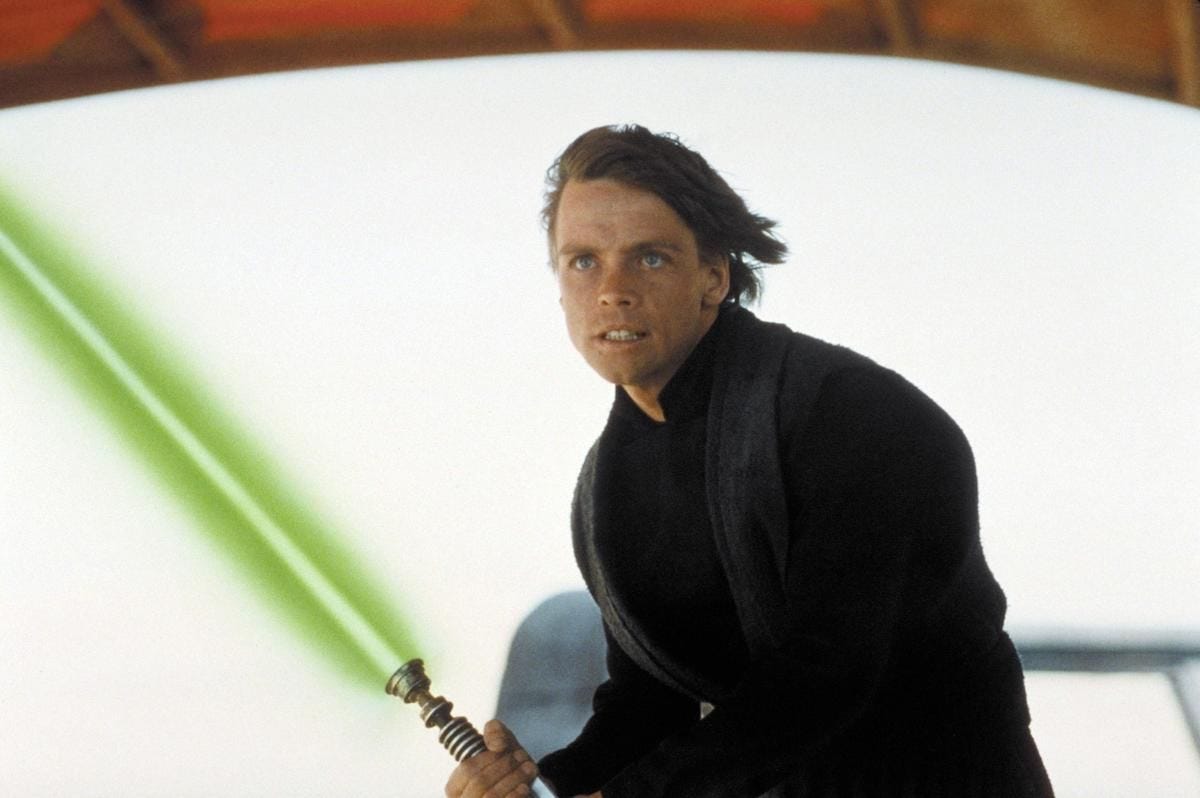
Here’s a film that knows exactly what genre it’s in and just how seriously it needs to take itself. Sure, the other two that came before did it better, but Return of the Jedi had more fun. From the kooky setting of Jabba’s palace to swashbucklery over the sarlacc pit to racing speeder bikes through the California Redwoods—I mean, the forest moon of Endor—Return of the Jedi just wanted to take audiences on one last wild ride with all these characters who had come to mean so much to them.
After the more dramatic approach of The Empire Strikes Back, the OG trilogy’s conclusion thrives on the energy derived from that sense of high-spirited fun. It’s enjoyable just to spend time with Luke, Leia, Han, Chewie, Artoo, and Threepio in a largely laidback adventure before saying farewell to them for the long haul.
But Return still delivers on the promise of the trilogy’s grander narrative by bringing father and son into mortal combat before the maleficent gaze of the Emperor. Luke’s duel with his Sith Lord father feels as monumental as any other part of the Star Wars saga, and the redemption of Vader celebrates the meaning behind what these films are all about.
There are reasons why Return isn’t held in quite as high regard as A New Hope or The Empire Strikes Back. Things feel a little rehashed with the construction of what amounts to a second Death Star, and you’re either down with the silliness of the Ewoks or you’re not. But Return of the Jedi is still classic Star Wars at its heyday, and when it comes down to it there’s no better place to be.
2. The Empire Strikes Back (1980)

Perhaps the wisest decision made in crafting the saga’s first sequel was to not simply retread what had been successful about A New Hope. Everything was wondrously new here, from the story beats to the vehicles on display to the worlds visited to the themes penned by Williams to classic new characters like Yoda, Lando, and Boba Fett. The universe of Star Wars offers whole galaxies to explore, and The Empire Strikes Back capitalized fully and marvelously on that potential.
The pulp origins of Lucas’ space opera are evident in the opening that finds Luke dragged to the icy lair of a wampa and strung up for dinner. But from there, the film explodes into an immense battle in the snow with towering walkers, philosophical conversations on the Force in swampy Dagobah, and skulduggery in a city in the clouds culminating in Luke’s first encounter with Darth Vader—and one of the most shocking twists in all of cinema.
It’s not without reason Empire tends to top Star Wars rankings. The film is widely considered one of the greatest movie sequels. The visual effects in the Battle of Hoth are stunning even for today, the story’s developments are of a magnitude unparalleled by any other installment in the saga, and enigmatically lovable Yoda in all his wisdom is an instantly endearing figure in a series just full of them. At the end of the day, in the debate between A New Hope and The Empire Strikes Back, is there a wrong answer?
1. A New Hope (1977)
While the world of Star Wars would only expand from here, offering everything from spear-wielding teddy bears to fancy casino planets and ill-advised holiday specials, you need look no further than the ’77 original for the purest demonstration of its appeal. When Luke stands outside his homestead and looks with longing toward the binary sunset, dreaming of a life beyond the farm, he encapsulates the desires of every individual who comes to these films looking for adventure and the chance to be a part of something bigger than what they know. The ensuing two acts of A New Hope would deliver all that and then some for the young Jedi hopeful and the audience alike.
From a cantina full of unscrupulous aliens to the corridors of a giant planet-destroyer, we are transported into thrilling and dangerous situations for our heroes to navigate. Yet what truly sets A New Hope apart is just how human all the characters are in this fantastic galaxy far, far away. Luke with his youthful optimism, Han with his charming rascality, Leia with her unswerving devotion to the Rebel cause. Even the droids and stormtroopers exhibit surprisingly and endearingly human traits.
At the end of the day, fans love Star Wars because they love the characters. The magnificently realized starships and all the spectacle of the aerial dogfights and close-quarter laser battles would be little more than brow-popping exercises in computer wizardry if we weren’t already deeply invested in the hopes, dreams, fears, and trials of the film’s ragtag crew.
And therein lies the true greatness of A New Hope: how readily we believe in Luke, Leia, Han, and the gang and rally around their derring-do in the simplest of stories having to do with the triumph of good over tyranny and the endless reason for hope.
About the author: Mike Ettel is a freelance journalist who enjoys watching, reading, and writing science fiction. He’s still waiting for the day dinosaur cloning is made a reality.
All images copyright relevant production studios and distributors. Sourced from moviestillsdb.com. Intended for editorial use only.
